
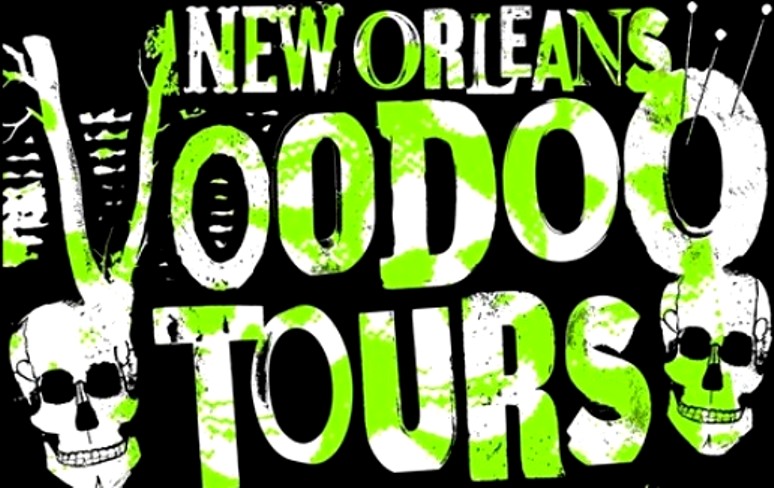
On this month's Morbidly Fascinating Page:
Voodoo in New Orleans
IN THE ARCHIVES:
Screaming Mummies
Vampire Slaying Kit
Willows Weep
Dangerous Selfies
The Spanish Flu
Bog Bodies

Above: a window of a voodoo shop in New Orleans
New Orleans in Lousiana has many attractions: Voodoo is one of them
The spiritual belief called voodoo originated in Africa, born of the West African traditional religion known as vodun or vodoun. Followers believe in the existence of one supreme god, who is attended by various spirits (loa), often manifested by the elements and each of whom has its preferred sign (color, fruit, number, etc) and sacred element. Animal sacrifice of goats and chickens is common in certain rituals, performed by elders in order to harness the power of the spirit world.
Thanks to Catholic influence, some loa later became synonymous with certain saints. Ancestors are invoked for their wisdom and protection, and Louisiana voodoo seems to have been a matriarchal entity, with voodoo queens and priestesses holding absolute power. The religion has its roots in coastal West Africa from Ghana to Nigeria, but is still especially prevalent in the Republic of Benin. A majority of Beninese belong to the Fon ethnic and linguistic group, and “vodoun” is the Fon word for “spirits” or “gods.” During the transatlantic slave trade, Benin found itself near the epicenter of the Slave Coast, and a huge percentage of newly-arrived slaves that set foot in the French colony of Louisiana were of Fon origin. The roots of voodoo came with them.
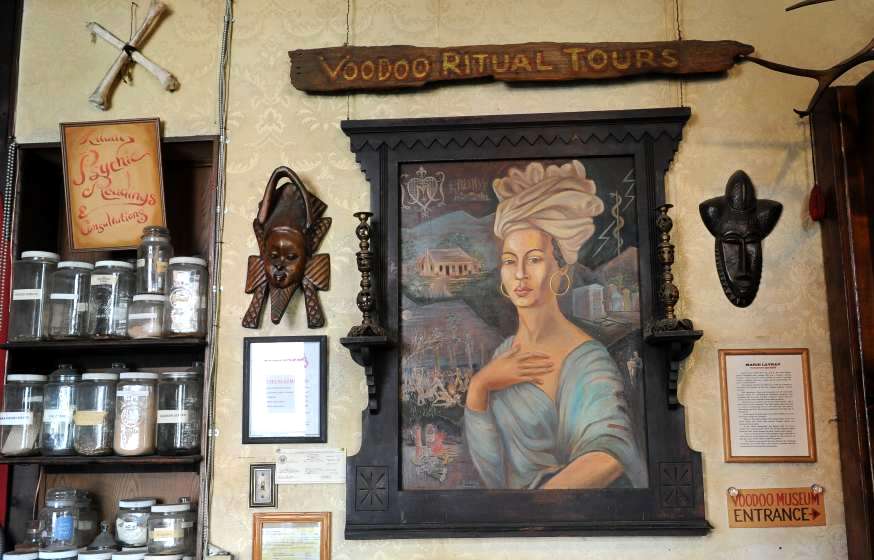
Above: a painting of Marie Catherine Laveau, who was a Louisiana Creole practitioner of Voodoo, herbalist, and midwife and who is renowned in New Orleans.
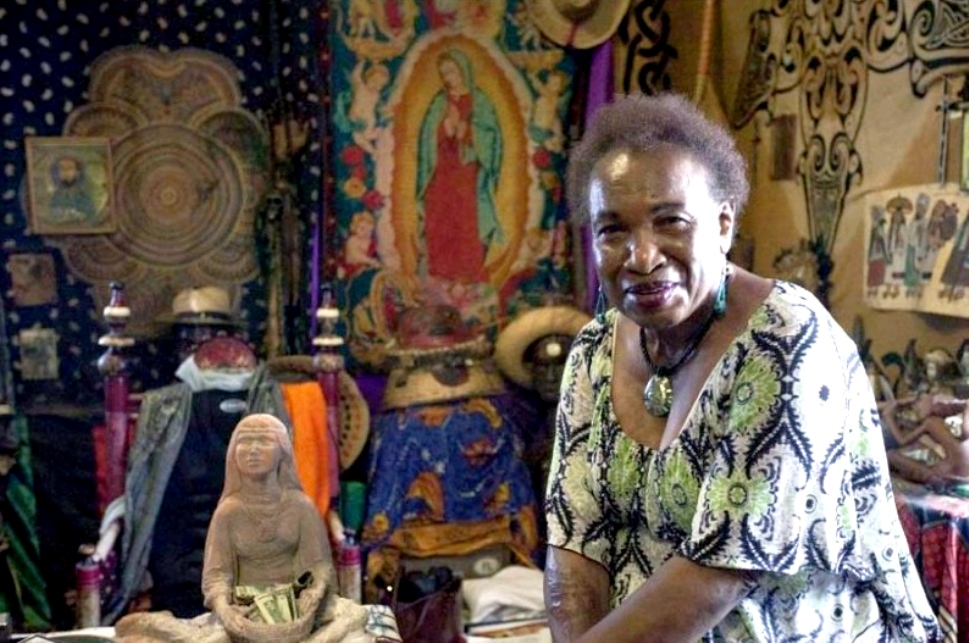
Above: Miriam
The Voodoo Spiritual Temple was established in 1990 by Priestess Miriam and Priest Oswan Chamani, and stands as the city’s only formally established voodoo temple, auspiciously located in the French Quarter across the street from historic Congo Square and directly connected to the square’s voodoo’s legacy. During the Spanish and French colonial era, the colonists' Code Noir dictated that African slaves traditionally had Sundays off. On those days, the captives would go to the square to spend their free time visiting, dancing, and playing music together.
What is the purpose of Voodoo dolls?
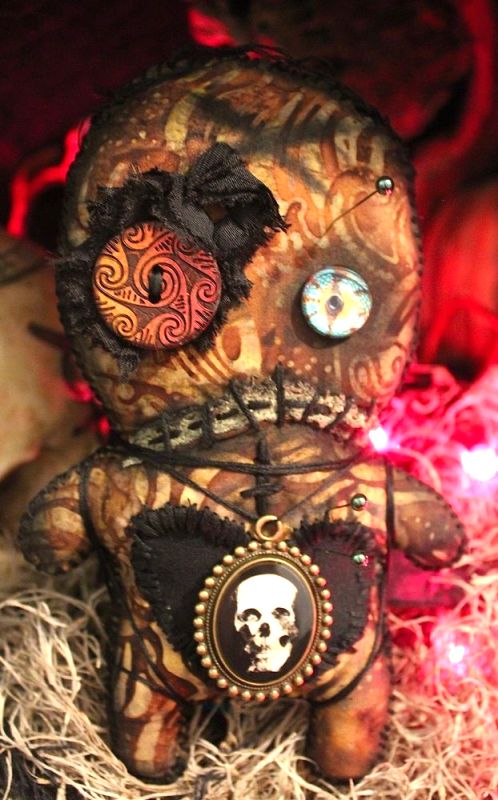
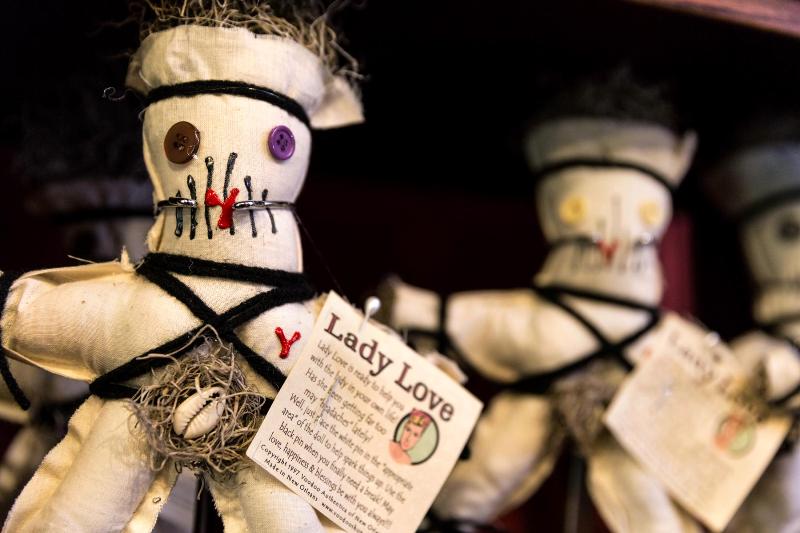
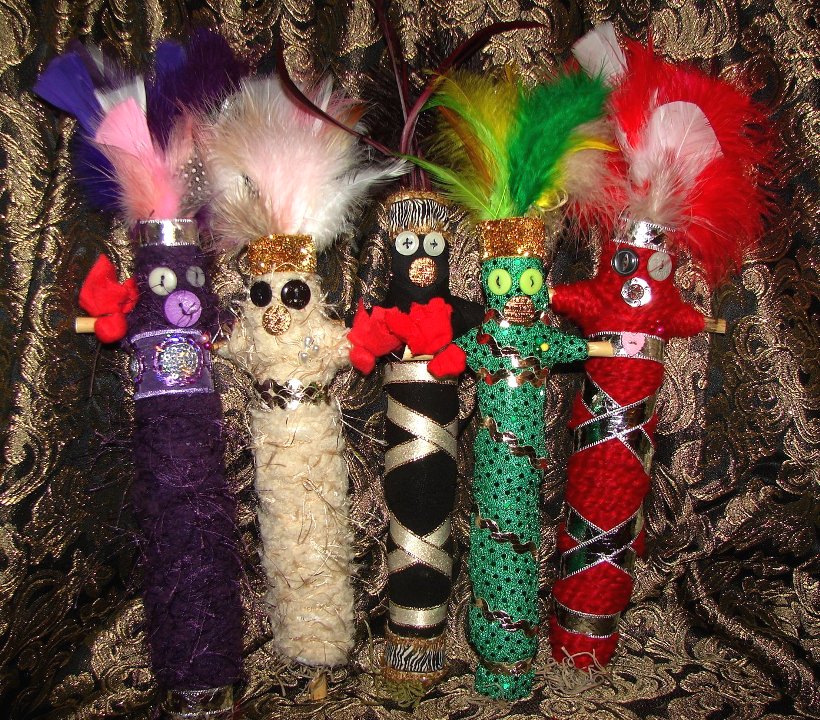
Voodoo, sometimes spelled Vodou, is a real religion—not a cult—practiced in Haiti and other places in the Caribbean. Voodoo practitioners do make dolls, but they use them for completely different purposes than revenge. Voodoo dolls are used to help people with healing and as a way to communicate with deceased loved ones. The idea of effigy dolls as a channel for evil forces unleashed in a ritual is a myth that comes not from the Caribbean, but from the very heart of western civilization: the ancient Middle East.
The voodoo dolls that are sold in shops in New Orleans and elsewhere are small human effigies, made from two sticks tied in a cross shape to make a body with two arms sticking out. The shape is often covered in a brightly colored triangle of cloth and sometimes Spanish moss is used to fill out the body form. The head is of black cloth or wood, and it often has rudimentary facial features: eyes, nose, and a mouth. They are often decorated with feathers and sequins, and they come with a pin or a dagger, and instructions on how to use it.
When most people picture a voodoo doll, they think of Hollywood movies with witch doctors, black magic and painful pins. If we explored voodoo deeper, however, we would find a rich and diverse spiritual practice. We would see that voodoo dolls are not instruments of evil. Rather, they are instruments of intent.
There is not much that is as closely tied to voodoo as the voodoo doll. African shamans started using dolls as a way to communicate with the Loa, like their dead ancestor, for guidance. The voodoo doll proved to be a reliable tool, for after thousands of years it is still used for important rituals.
There are many types of voodoo dolls for all purposes, such as love, healing, empowerment, guidance, fertility or cursing. Some dolls are made into talismans or even teaching aids for children. The color of the doll has very strong inclinations for its intended purpose.
- White – positive, purification or healing.
- Red – love, attraction or power.
- Green – growth, wealth, money and fertility.
- Yellow – success and confidence.
- Purple – spirit realm, wisdom or psychic exploration.
- Blue – love and peace.
- Black – negative; it can be used to dispel negative energy or to summon it.
These seven colors are also found on pins and needles. They are stuck into the doll to emphasize the intention.
The voodoo doll is often meant to address the spirit of a particular person. It can be used to summon the spirit through the Loa so that it hears your plea and makes manifest your desires, wishes and wants.
Visiting New Orleans? Find a Voodoo tour HERE
Learn about Lousiana Voodoo by taking a free walking tour HERE
What is Lousiana Voodoo?
Louisiana Voodoo (Vaudou louisianais), also known as New Orleans Voodoo describes a set of spiritual beliefs and practices developed from the traditions of the African diaspora in Louisiana. It is a cultural form of the Afro-American religions developed by the West and Central African populations of the state of Lousiana. Voodoo is one of many incarnations of African-based spiritual folkways, rooted in West African Dahomeyan Vodun.
See HERE
What does it mean?
Before I answer any questions, I have one for you: What do you know about Voodoo?
Where did you get that impression?
Voodoo probably isn’t what you think it is. It might be easier to start with what Voodoo isn’t:
Voodoo isn’t accurately portrayed in most movies, TV shows and books. Even some documentaries and non-fiction books are misleading. Voodoo isn’t a cult, black magic or devil worship. People who practice Voodoo are not witchdoctors, sorcerers or occultists. Voodoo isn’t a practice intended to hurt or control others. Most Voodooists have never seen a “Voodoo doll” (unless, like you, they saw it in a movie).
Voodoo isn’t morbid or violent. Voodoo isn’t the same everywhere. Not everyone who practices Voodoo does it in exactly the same way or agrees on exactly the same things.
Voodoo is a religion that originates in Africa. In the Americas and the Caribbean, it is thought to be a combination of various African, Catholic and Native American traditions. It is practiced around the world but there is no accurate count of how many people are Voodooists.
Voodoo has no scripture or world authority. It is community-centered and supports individual experience, empowerment and responsibility. It is an orally spoken language.
Voodoo is different in different parts of the world, and varies from community to community. This is mostly about Voodoo in New Orleans and Haiti.
Voodoo embraces and encompasses the entirety of human experience.
See HERE
Is Voodoo evil?
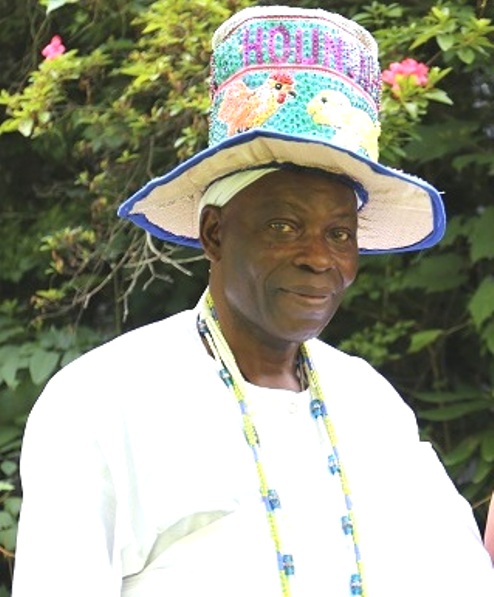
Daagbo Hounon
Regional High Priest of Voodoo Daagbo Hounon says, "Voodoo is not evil. It's not the devil. If you believe in Voodoo, and someone thinks badly of you and tries to harm to you, voodoo will protect you."